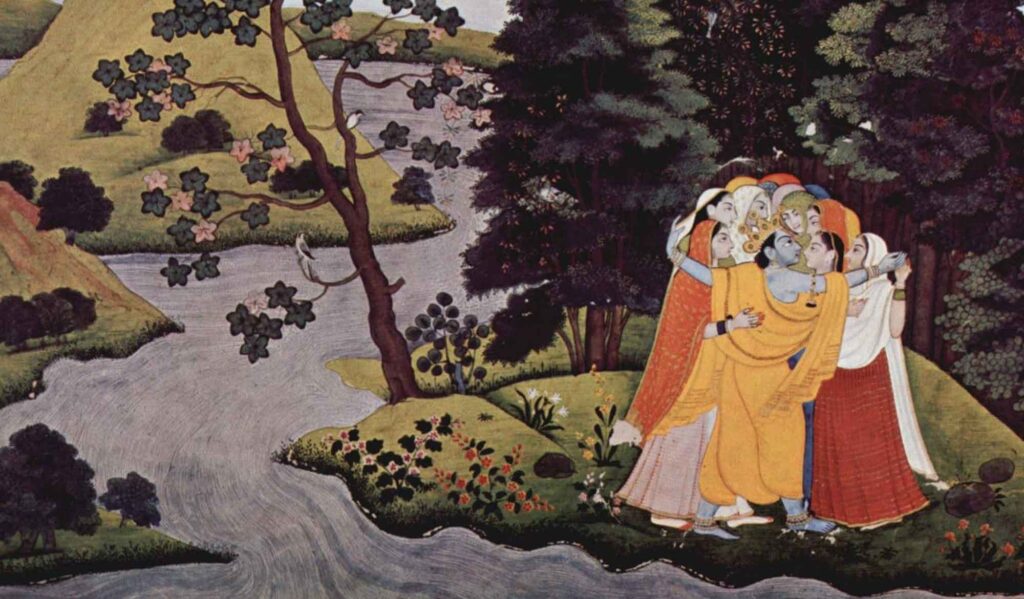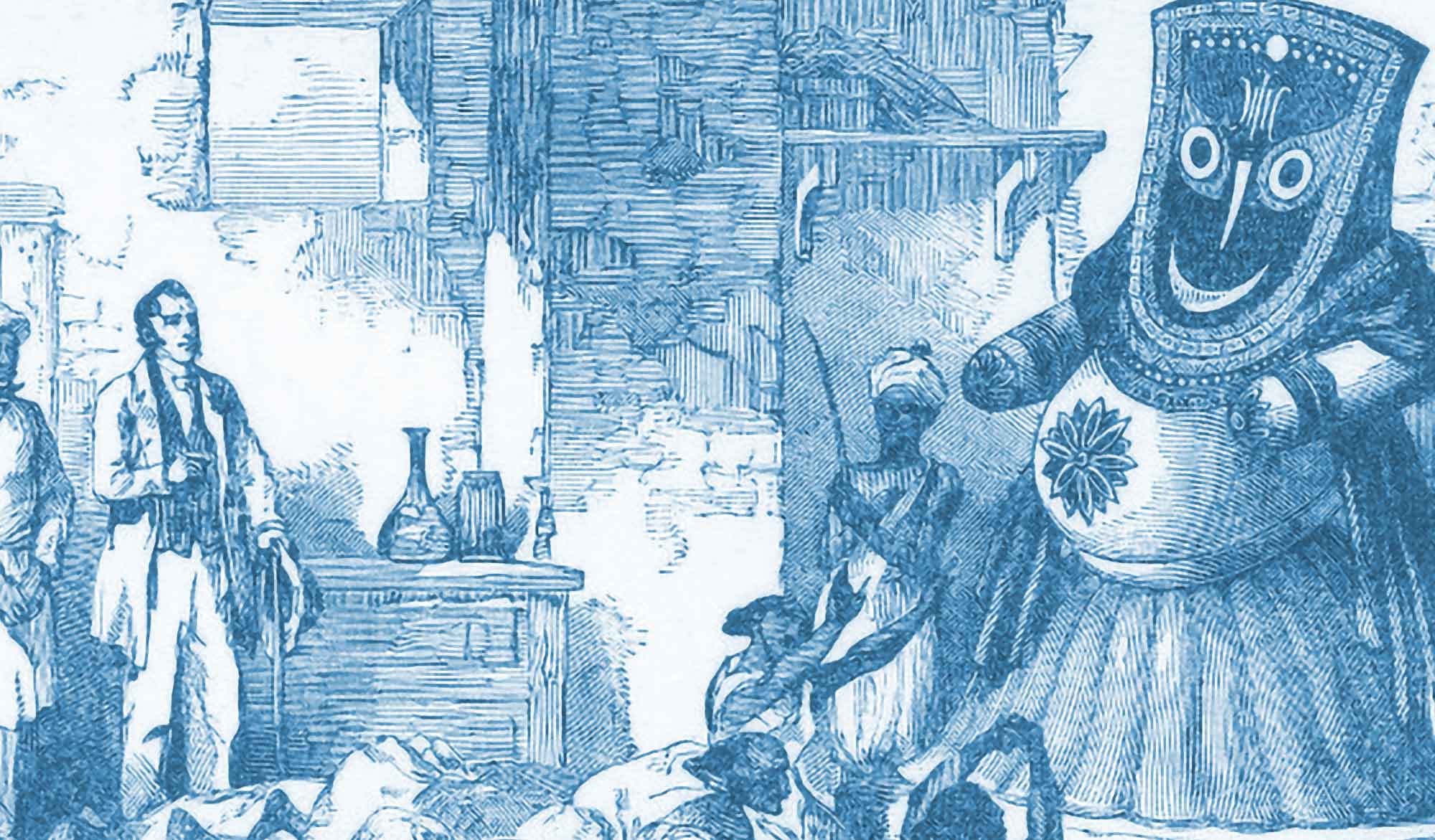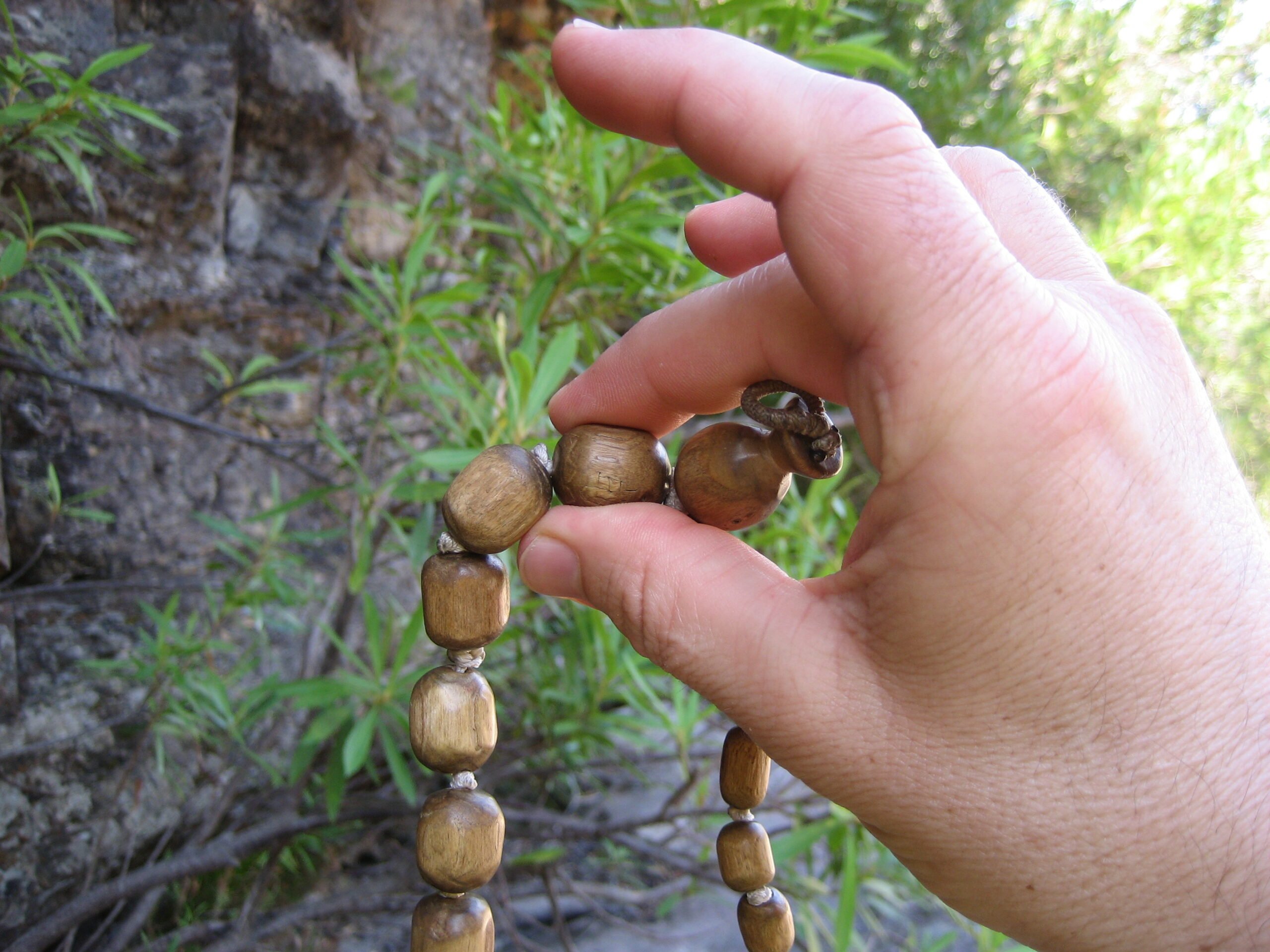Overview
This short article, Vaiṣṇavera Vyavahāra Duḥkha (The Worldly Difficulties of a Vaiṣṇava) was published in the 10th Volume, 2nd Issue of Sajjana Toṣaṇī in 1898. Herein, Bhaktivinoda Ṭhākura explains the difference between the difficulties encountered by a Vaiṣṇava and those of a non-Vaiṣṇava. Towards the end of the article he speaks about the Bubonic Plague which broke out at the end of 1897 and was still a huge threat in Kolkata at the time of writing.
(translated by Swami B.V. Giri)
There are many human beings in the world and they are divided into two groups, Vaiṣṇavas and non-Vaiṣṇavas. Those who are bereft of bhakti, be they a scholar, a rich man, a strong man, a brāhmaṇa, a king or his subject – they are all non-Vaiṣṇavas. One who has bhakti, whether he is a householder or a sannyāsī, whether he is rich or poor, whether he is a scholar or a fool, whether he is weak or strong, he is a Vaiṣṇava.
The various physical and mental activities of the Vaiṣṇvavas, just like the non-Vaiṣṇavas while journeying in the physical body, can be difficult. All such difficulties encountered by Vaiṣṇavas are not real difficulties, but are temporary, just like the difficulties of those travelling to Vaikuṇṭha – thus those difficulties are eventually severed. In this regard, Śrī Vṛndāvana Dāsa Ṭhākura has written:
yata dekha vaiṣṇavera vyavahāra-duḥkha
niścaya jāniha sei parānanda-sukha
viṣaya-madāndha saba kichui nā jāne
vidyā-made, dhana-made vaiṣṇava nā cine
“Know for certain that whatever so-called worldly distress is seen in a Vaiṣṇava is actually the greatest happiness. People intoxicated with pride due to sense enjoyment know nothing. They cannot recognize a Vaiṣṇava due to pride born of knowledge and wealth.” (Caitanya-bhāgavata, Madhya-khāṇḍa 9.240-241)
The meaning is that this mortal life for the non-Vaiṣṇavas is everything. The pain they suffer is easily exacerbated. Despite their best efforts to alleviate this suffering, their pain cannot be eradicated. In this way, their lives are spent in torment. On the other hand, we should understand that the worldly life of exalted devotees is a temporary journey. Thus, the temporary worldly distress in their lives is spent with complete disregard since they are under the influence of pure spiritual happiness. Therefore, O brothers, in this world, only the gems of hari-bhakti have been collected carefully. Be counted amongst the Vaiṣṇavas and do not consider yourself as a non-Vaiṣṇava.
Fearing this plague is the mentality of a non-Vaiṣṇava. Look brothers! What can this plague do to you? What real harm can the plague do by ending this useless life? If you desire some benefit, learn a lesson from the plague. If you are caught by the plague, then your life is over. Imagine where your wealth and happiness will go! Therefore, without wasting your time uselessly, constantly and sincerely chant hari-nāma with devotion. Then billions of plagues cannot do anything to you.
(Vaiṣṇavera Vyavahāra Duḥkha’ -The Worldly Difficulties of a Vaiṣṇavas – was published in the 10th Volume, 2nd Issue of Sajjana Toṣaṇī in 1898 and translated into English by Swami B.V. Giri)
(‘Vaiṣṇavera Vyavahāra Duḥkha – The Worldly Difficulties of a Vaiṣṇava’ by Śrīla Bhaktivinoda Ṭhākura was published in the 10th Volume, 2nd Issue of Sajjana Toṣaṇī in 1898 and translated into English by Swami B.V. Giri.













